Westerners support 100% clean energy, less oil drilling — even in red states
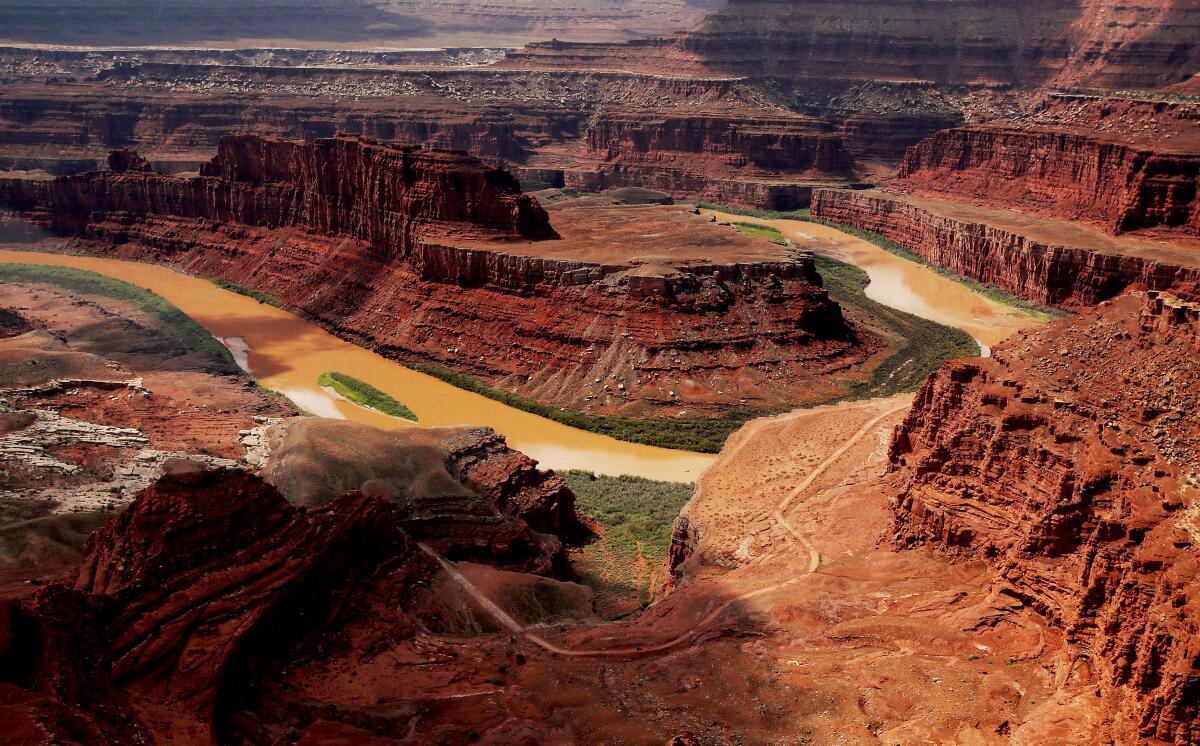
This story originally published in Boiling Point, a weekly newsletter about climate change and the environment. Sign up here to get it in your inbox.
Across the American West, voters strongly support transitioning to 100% clean energy, protecting the region’s public lands from oil and gas drilling and saving water by paying farmers to leave their fields dry.
That’s according to Colorado College’s latest “Conservation in the West” poll, which for more than a decade has surveyed registered voters in eight states: Arizona, Colorado, Idaho, Montana, Nevada, New Mexico, Utah and Wyoming.
The 2023 results were released Wednesday, and they’re striking. Two-thirds of voters want to see 100% of their energy come from “clean, renewable sources like solar and wind” within 10 to 15 years. Sixty-eight percent said they’d like their member of Congress to prioritize clean air and water, wildlife habitat and recreation over extracting more fossil fuels on public lands.
A smaller majority — 54% — expressed support for temporary payments to farmers to take fields out of production.
These aren’t just the liberal city dwellers you might expect to support such policies. Of the 3,413 voters polled by Colorado College, 41% described themselves as political moderates, compared with 34% as conservatives and 22% as liberals. Thirty-seven percent of survey respondents said they were registered Republicans, compared with 31% registered Democrats.
What else keeps Westerners up at night? Several other findings jumped out at me:
- Four of five survey respondents said loss of habitat for fish and wildlife is a problem in their state.
- Two-thirds of voters expressed concern over “the impact of oil and gas drilling on our land, air and water.”
- More than 7 in 10 Western voters see climate change as a problem.
- A staggering 92% of respondents are worried about low water levels in rivers.
The poll also showed robust support for steps to safeguard the West’s water and public lands, beyond 100% clean energy:
- Eighty-five percent of Western voters think U.S. presidents should continue establishing national monuments.
- Four in five voters support the “30 by 30” goal of protecting 30% of America’s lands and waters by 2030.
- Eighty-seven percent of respondents across the eight states support “requiring local governments to determine whether there is enough water available before approving new residential development projects.”
- More than 6 in 10 Western voters think grass lawns should be banned at new homes and developments.
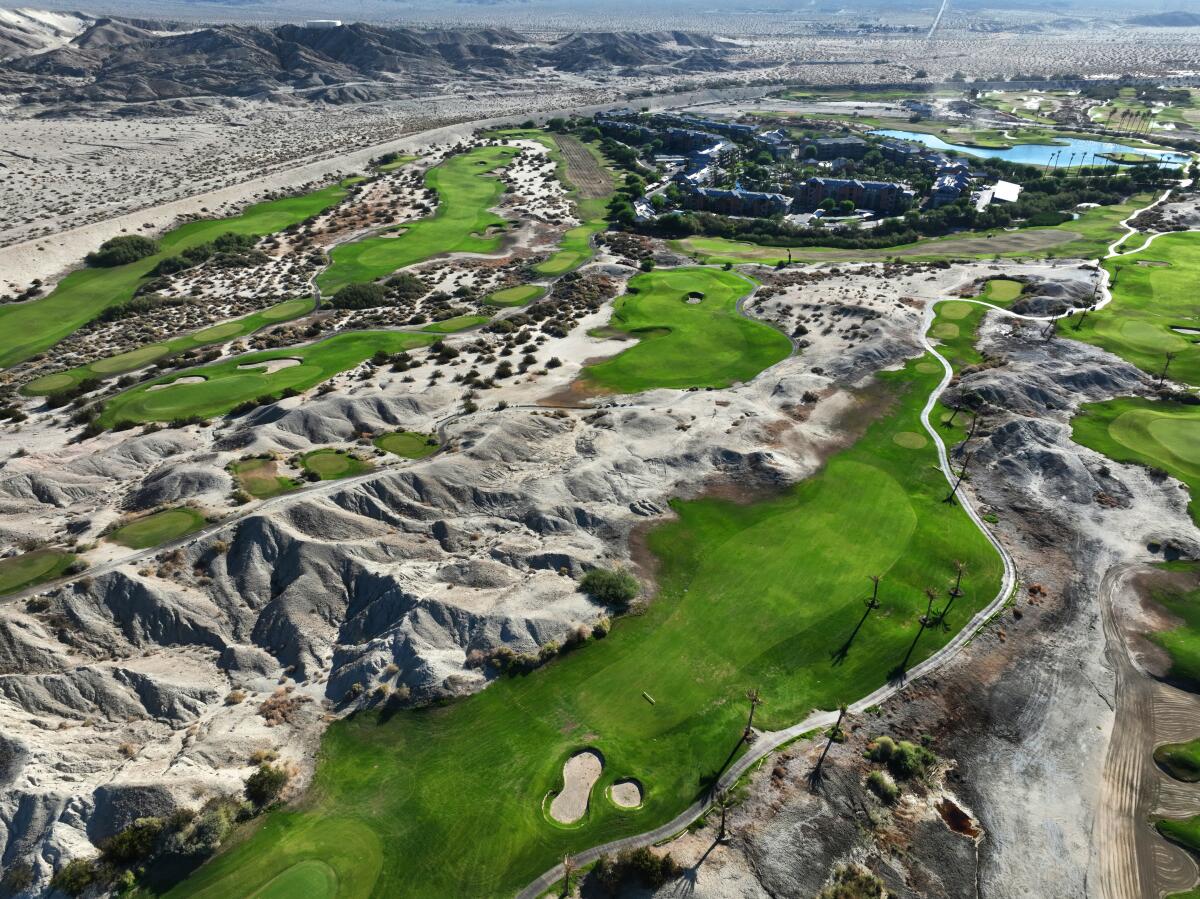
Flipping through the numbers, I found myself asking: If so many Westerners feel this way about conservation, clean energy and fighting climate change, why are these ideas so politically controversial, especially among conservatives?
I posed that question to Dave Metz and Lori Weigel, who have been conducting the Colorado College survey for 13 years running. They’re a unique team: Metz is a Democratic pollster based in California, Weigel a Republican pollster based in Colorado.
They offered a few explanations for the apparent discrepancy between voter sentiment and political reality.
For one thing, as much as voters say they care about climate and the environment when asked directly, these issues often aren’t as important to them as seemingly more pressing economic concerns. Seventy-eight percent of survey respondents, for instance, described the rising cost of living as an “extremely serious” or “very serious” concern — a higher proportion than for any of the environmental issues the pollsters raised. Voters also said the high price of gasoline is weighing on them.
Another reason for the discrepancy? Structural problems with American politics. Politicians are increasingly beholden not to moderate voters who make up much of the electorate, but to extreme partisans who turn out in force for primary elections.
“If you’re in a totally safe seat, your main worry is not getting primaried,” Metz said.
Then there’s the challenge of deep-pocketed industries and other interest groups — such as fossil fuel companies and anti-public lands activists — drowning out the voices of regular people. Weigel told me she used to keep a quote on her wall from a legislator who had trouble believing the results of a survey she’d conducted: “Well, no one that I talk to every day has said this.”
“It’s exactly that,” Weigel said. “They’re talking to a small number of people in a very specific area.”
That all makes sense. But I’m still blown away by the disconnect between public polling and political reality.
Take “30 by 30,” a conservation goal promoted by scientists and endorsed by President Biden and California Gov. Gavin Newsom. According to the Colorado College survey, just 15% of Western voters don’t think it’s a good idea. But opposition to “30 by 30” has become a rallying cry for conservative politicians, who have attacked the initiative as a federal land grab in disguise.
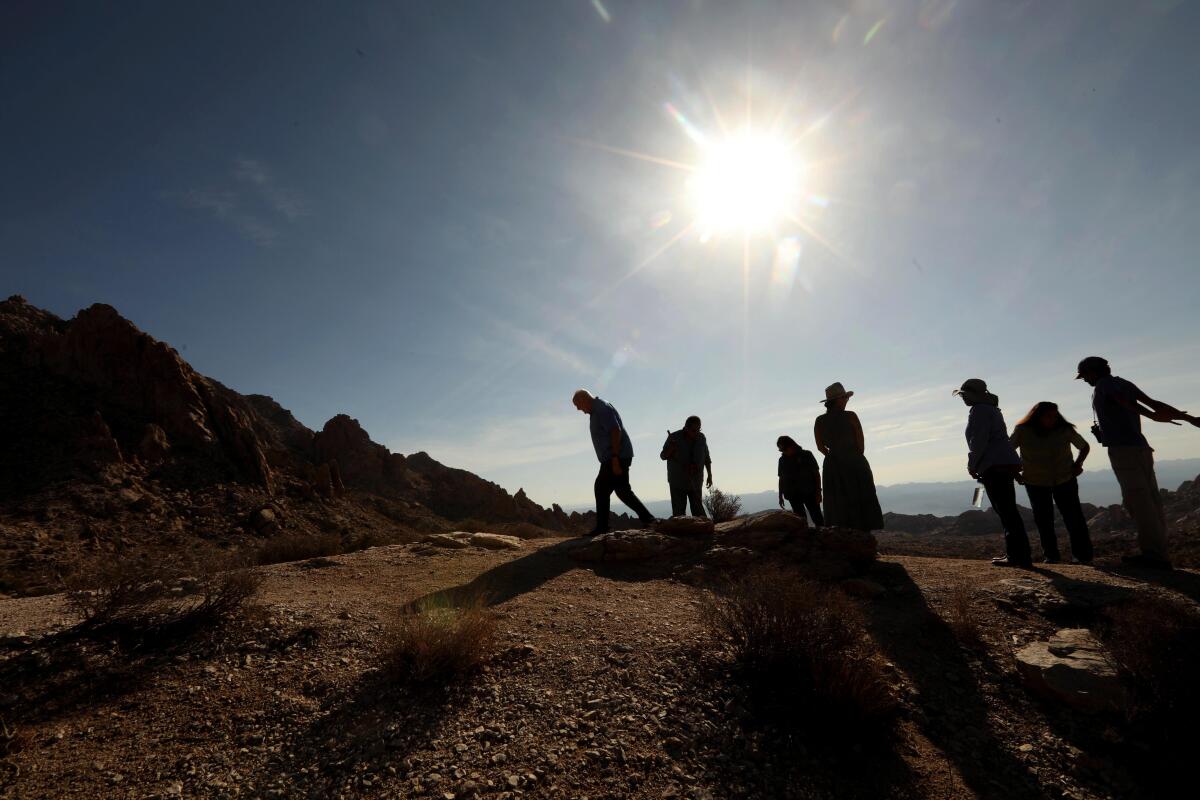
National monuments are another example. The poll showed overwhelming support for monument designations generally, and for Biden’s newly proposed Avi Kwa Ame National Monument in Nevada specifically. Yet ever since Bill Clinton established Grand Staircase-Escalante National Monument in Utah a quarter-century ago, conservative politicians have sought to undermine the president’s authority to designate monuments under the Antiquities Act. A lawsuit filed by Utah officials is ongoing.
Metz and Weigel hope their continued surveys will ultimately help to reshape Western politics.
“Part of the reason to do polling like this is to hand a megaphone to the average voter,” Metz said.
The poll had a margin of error of 2.4 percentage points. Only in Wyoming — the nation’s least populous state — did voters not show robust, across-the-board support for environmental priorities, with two-thirds opposing a transition to 100% clean energy and a narrow plurality saying their member of Congress should prioritize fossil fuels over conservation on public lands.
California voters weren’t included in the survey. But the Golden State plays an outsize role in determining the fate of Western landscapes and communities — through its water consumption, its energy demands and its expats.
That reality was reflected in the survey results. Three-quarters of Westerners said too many people are moving into their state — a number the pollsters told me probably would have been even higher if they’d asked specifically about California. Just last week, my L.A. Times colleagues Noah Bierman and Don Lee wrote about Nevada residents grappling with an influx of Californians.
The Golden State’s enormous water demands, meanwhile, are a major driver behind the crisis on the Colorado River.
California uses by far the largest share of the river, fueling a drop in water levels at Lake Mead — and upstream at Lake Powell, which hit a record-low level this week. Across four Colorado River Basin states covered by the new poll — Arizona, Colorado, Nevada and Utah — 86% of voters described the river as critical to their economy, and 81% said it requires urgent action.
Interestingly, though, only 34% of Western voters surveyed by Metz and Weigel correctly identified farmers and ranchers as the region’s largest water users. That tracks with another poll I wrote about last year, in which California voters guessed that agriculture consumes 45% of the state’s water supplies — far less than the nearly 80% that farmers actually consume.
Metz and Weigel weren’t surprised, telling me they’ve found again and again that Americans are sympathetic to farmers and assume they don’t waste much water — even though that’s not always true. But understanding how much water agriculture actually uses, the pollsters said, is crucial to developing realistic solutions, such as paying farmers to use less.
“People don’t want to hurt farmers,” Weigel said. “That is incredibly consistent in all of the work that we do.”
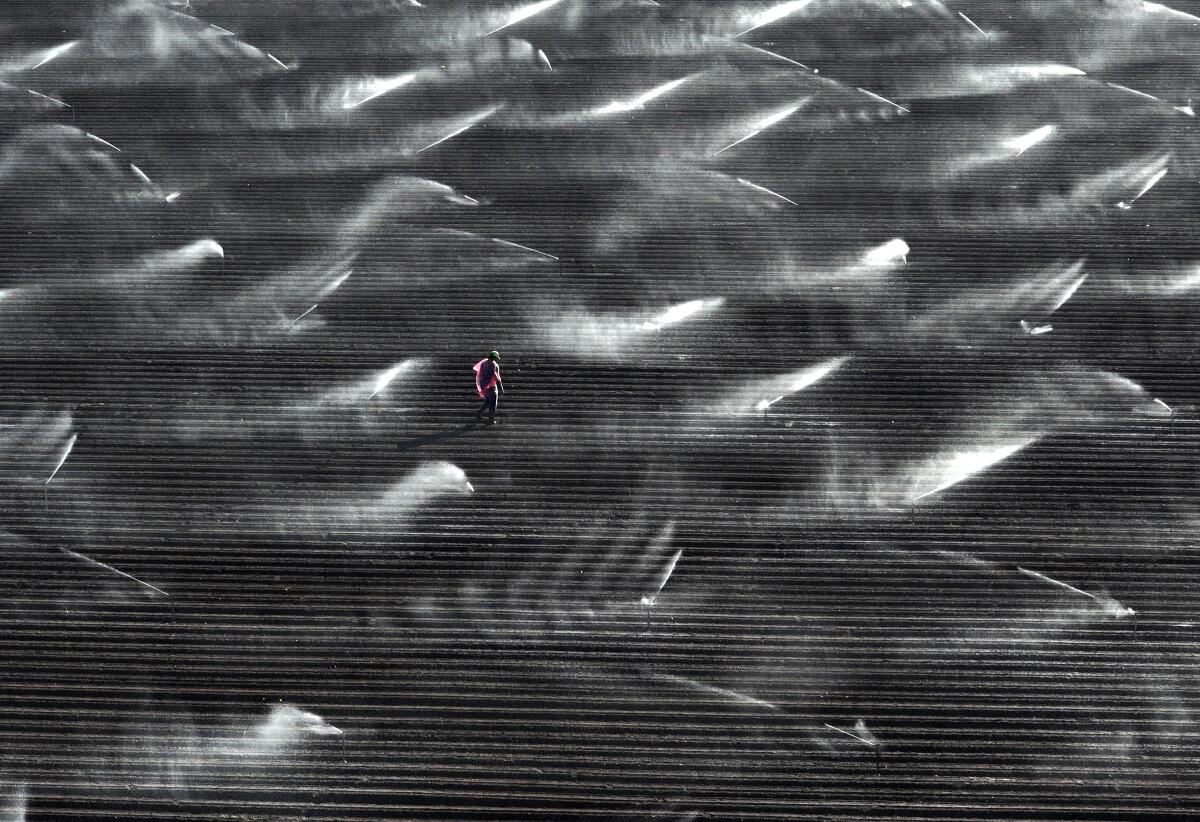
Last but not least, let’s talk about renewable energy.
The Colorado College survey didn’t ask Westerners how they feel about solar and wind farms being built on public lands to supply electricity to California and thus reduce the need for climate-disrupting fossil fuels. But renewable energy projects are putting pressure on treasured landscapes and ecosystems across the region, as I’ve explored in our Repowering the West series.
A bill proposed last week by California Assemblymember Chris Holden could help limit the pressure — at least a bit.
The Pasadena Democrat’s legislation would allow for greater sharing of electricity between California and the rest of the West, ideally reducing the need for new solar and wind projects. California’s existing solar farms, for instance, could send electricity to Utah on sunny afternoons when in-state demand is low. And the Golden State could import abundant wind power from Wyoming on hot summer evenings, when solar production drops but homes continue blasting their air conditioners.
Western states already trade small amounts of power through a program known as the “imbalance market,” which officials say has saved utility participants across the region $3.4 billion since 2014. Supporters of Holden’s bill see broader Western market integration as a natural next step, with greater cost savings and larger reductions in planet-warming carbon pollution.
“In order to fully decarbonize California, and do it in the most affordable way, we’re going to need access to the Western region,” said Michael Colvin, director of the California energy program at the Environmental Defense Fund, an advocacy group.
This isn’t a new idea: Holden and then-Gov. Jerry Brown tried to push it through the state Legislature in 2017 and 2018. But they ran into opposition from critics who said their plan would give red-state politicians too much control over California’s energy supplies, by handing oversight of the state’s power grid to a regional board with representation from across the West.
Those criticisms remain.
“This proposal would enrich corporate utilities, reduce public accountability and raise California’s electricity rates — all while allowing the industry to avoid stronger pollution controls moving forward,” said Mitch Jones, managing director of policy and litigation at the advocacy group Food and Water Watch, in a written statement responding to Holden’s bill.
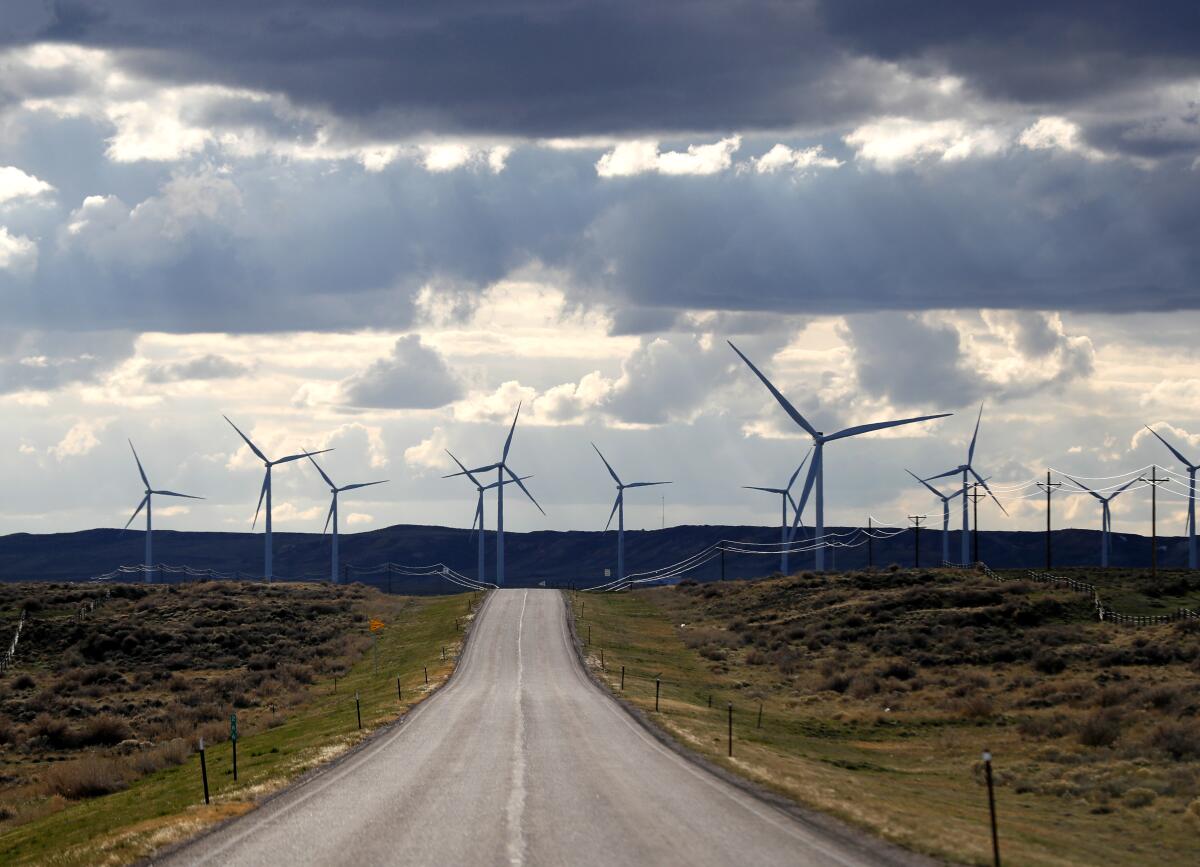
Will lawmakers be more favorable to the idea of an integrated Western power grid than they were five years ago? It’s hard to know. But a lot has changed since 2018. California has suffered rolling blackouts and several near-misses — power shortages that could have been limited or avoided with greater access to out-of-state resources. The climate crisis has continued to worsen. And other states are moving forward with their own proposals to foster electric-grid cooperation across the West.
“Do we want a seat at that table? Or do we want to become an island?” Colvin asked.
However California addresses its energy needs, the state’s choices will ripple across the West. Because there are no islands, not in an era of climate emergency. The challenges facing our public lands, our power systems, our water resources — they’re all connected. They’re linked by rising temperatures, interconnected ecosystems and a need for collaborative solutions.
Fortunately, there’s broad public support for those kinds of solutions. Maybe one day the West’s politics will reflect that.
ONE MORE THING

No big surprise here, but U.S. Sen. Dianne Feinstein announced Tuesday she won’t run for reelection. The 89-year-old Democrat leaves a long environmental legacy after three decades in the Senate, as Michael Doyle chronicles for E&E News.
Perhaps her highest-profile accomplishment? Writing the bill that established Joshua Tree and Death Valley national parks, as well as Mojave National Preserve. I don’t need a poll to tell me there’s strong support for protecting those special places.
That’s all for today. We’ll be back in your inbox on Tuesday. If you enjoyed this newsletter, or previous editions, please consider forwarding it to your friends and colleagues. For more climate and environment news, follow @Sammy_Roth on Twitter.
Watch L.A. Times Today at 7 p.m. on Spectrum News 1 on Channel 1 or live stream on the Spectrum News App. Palos Verdes Peninsula and Orange County viewers can watch on Cox Systems on channel 99.
Toward a more sustainable California
Get Boiling Point, our newsletter exploring climate change, energy and the environment, and become part of the conversation — and the solution.
You may occasionally receive promotional content from the Los Angeles Times.





